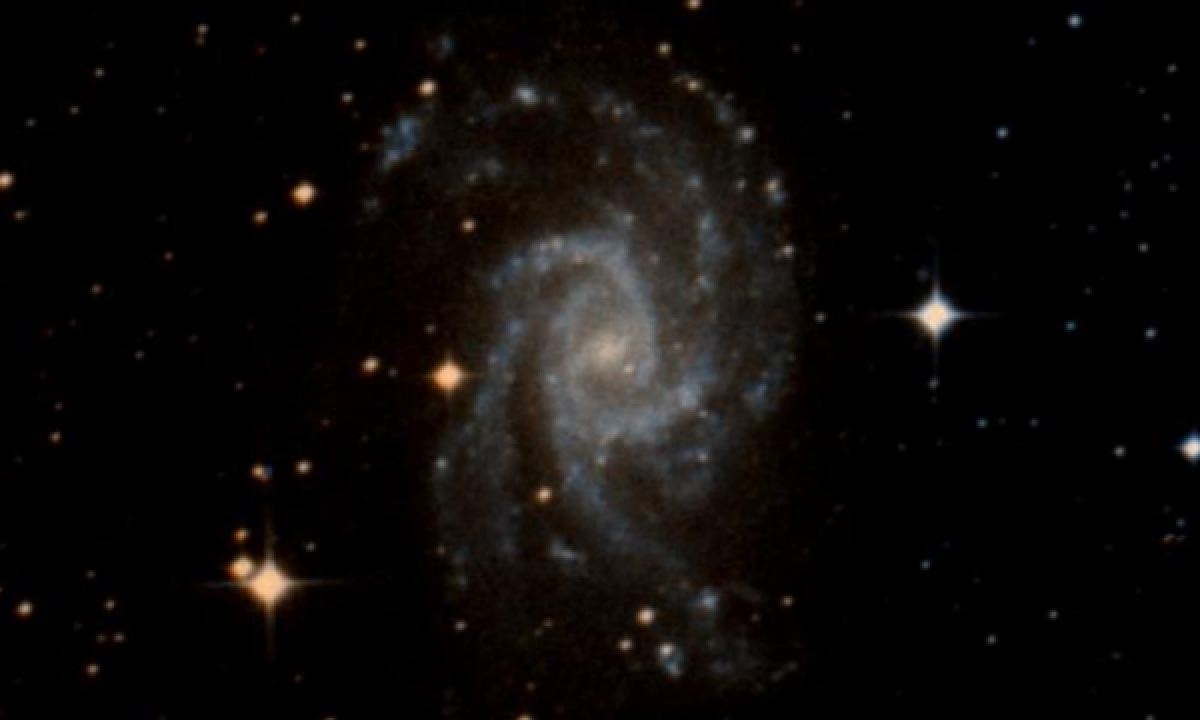The New General Catalogue of Nebulae and Clusters of Stars (abbreviated as NGC) is a catalogue of deep-sky objects compiled by John Louis Emil Dreyer in 1888. The NGC contains 7,840 objects, known as the NGC objects. It is one of the largest comprehensive catalogues, as it includes all types of deep space objects, including galaxies, star clusters, emission nebulae and absorption nebulae.
Know more about NGC
NGC 2835

NGC 2835 is an intermediate spiral galaxy located in the constellation Hydra. It is located at a distance of circa 35 million light years from Earth, which, given its apparent dimensions, means that NGC 2835 is about 65,000 light years across. It was discovered by Wilhelm Tempel on April 13, 1884. NGC 2835 is located only 18.5 degrees from the galactic plane. NGC 2835 is seen nearly face-on. The galaxy features four or five spiral arms, visible in near infrared due to their population II stars. The spiral arms have also numerous HII regions and stellar associations, the larger of which are 5 arcseconds across. Although the galaxy is quite symmetric, the northern arms have HII regions that appear brighter than the southern ones. Also the southern arms appear less developed in their outer parts than the north ones. The star formation rate in NGC 2835 is 1.3 M☉ per year and the total stellar mass of the galaxy is 1010 M☉. In the centre of NGC 2835 lies a supermassive black hole whose mass is estimated to be 3-10 million (106.72±0.3) M☉, based on the spiral arm pitch angle. NGC 2835 is the foremost galaxy in a small group of galaxies, the NGC 2835 group. Other galaxies identified as members of the cluster are ESO 497-035, and ESO 565-001. A bit farther away, at projected separation of 2.2 degrees, lies NGC 2784 and its small galaxy group.
More Images:

Sources:
Wikipedia Page: NGC 2835
NGC 2835 at In-The-Sky website
